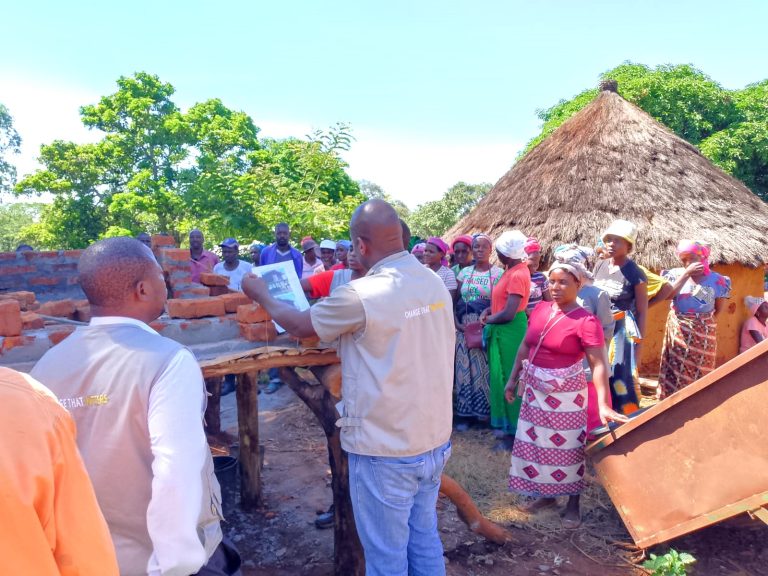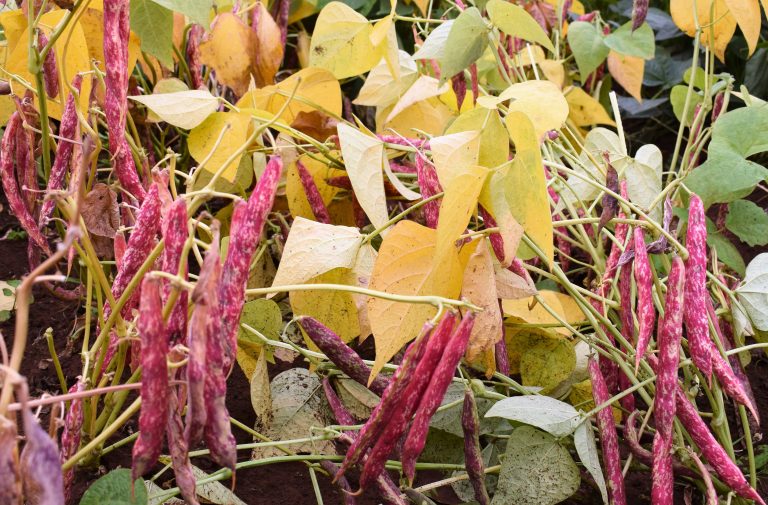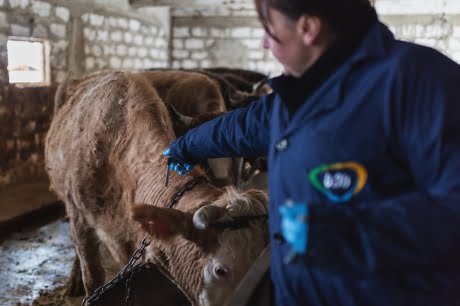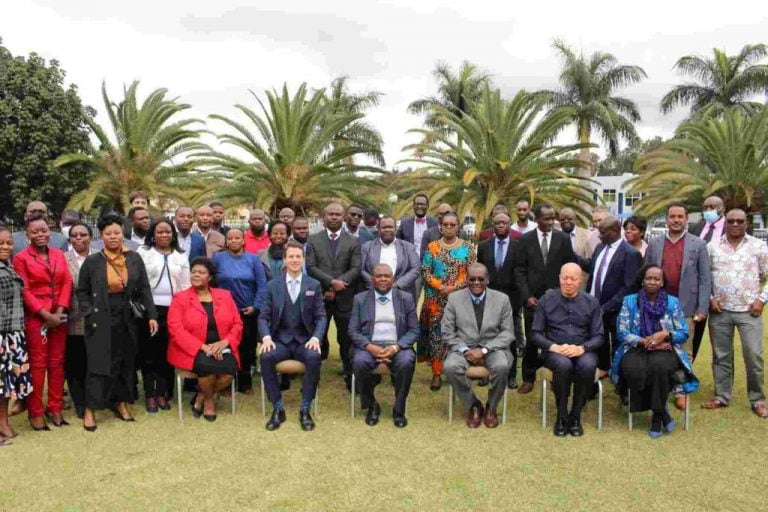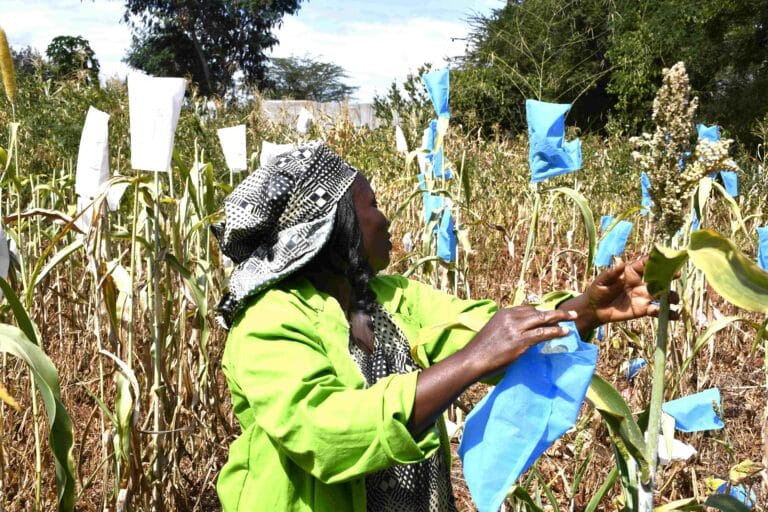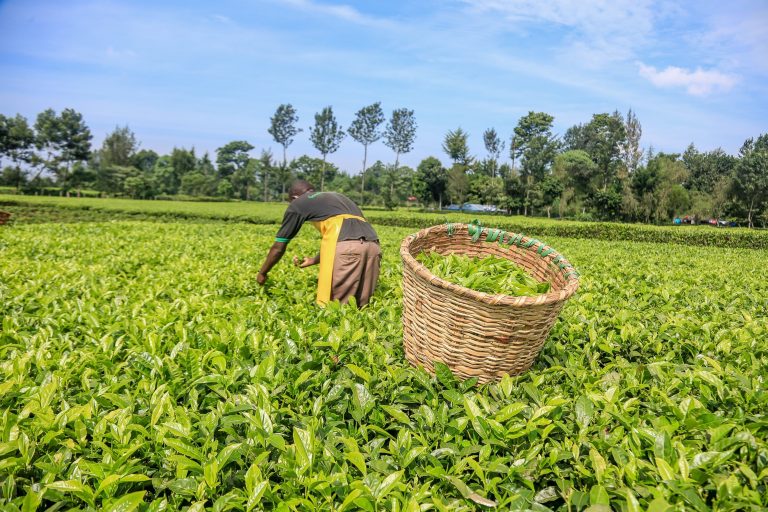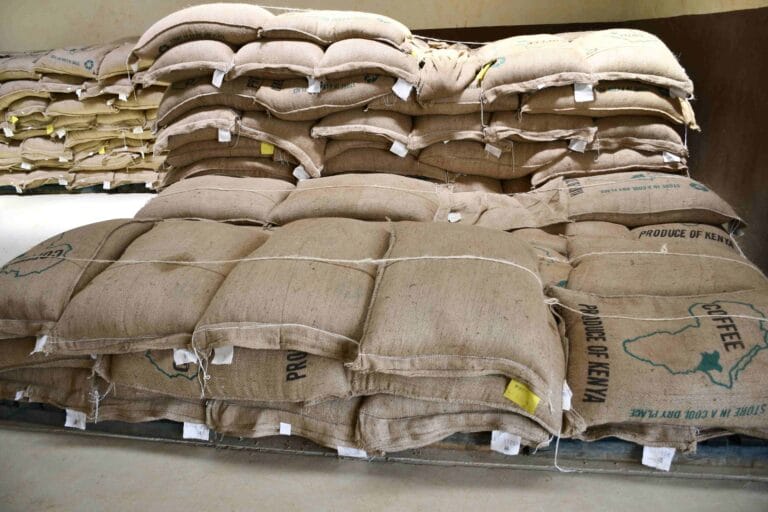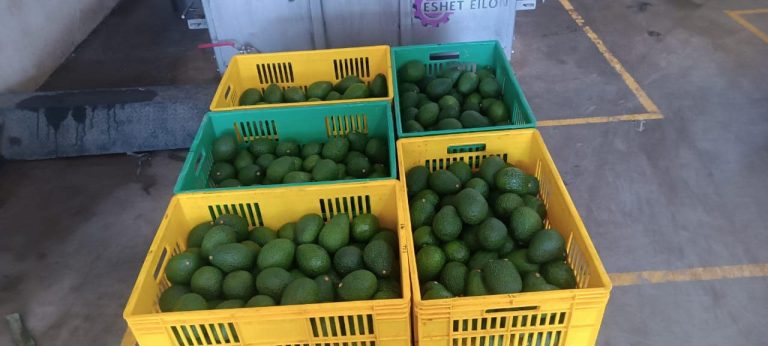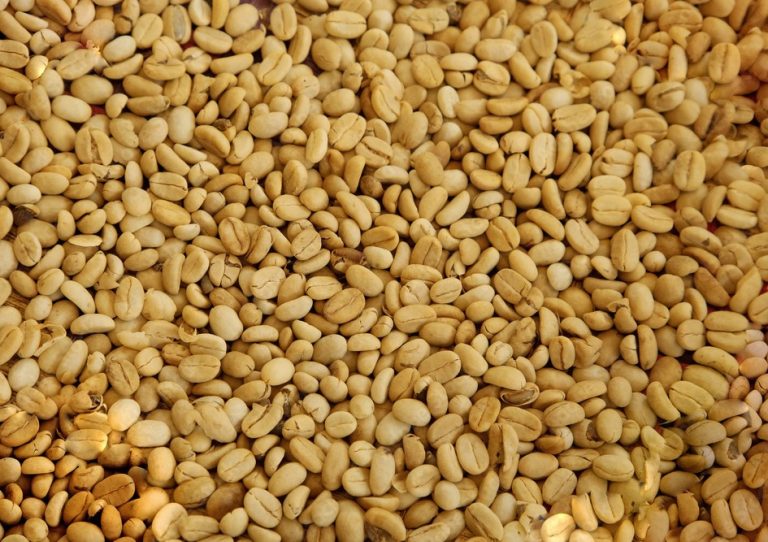Kenya is battling the second wave of Desert locust invasion which entered from Ethiopia and Somalia in mid-November 2020. 15 Counties have reported desert locust invasion so far. These are Marsabit, Wajir, Garissa, Tana River, Lamu, Kilifi, Taita Taveta, Mandera, Machakos, Kitui, Isiolo, Samburu, Laikipia, Meru and Tharaka Nithi.
“So far, the total number of swarms that settled in the Country between November 2020 and January 2021 is 75 out of which 66 have been treated reflecting a total area of 19,100Ha. The exercise has thus largely been successful,” said Agriculture CS Peter Munya when he gave an update on the invasion.
Liboi in Wajir County has been the entry point of locusts from Somalia while others are finding their way from Ethiopia through Marsabit.
Munya said that since last year, the Government preparedness on Desert locust management has been greatly enhanced as it has;
- Established eight (8) control bases strategically in Isiolo, Marsabit, Masinga, Garissa, Turkana (Lodwar), Mandera, Lamu (Witu) and Wajir to coordinate desert locust management operations.
- Deployed nine (9) surveillance and spray aircraft and three (3) are on standby.
- Deployed 21 vehicles mounted with sprayers for ground control operations in the various bases.
The CS added that there are sufficient control pesticides both at the headquarters and all the field control bases to handle the Desert locust invasion and where necessary they will purchase more. 20,000 litres of pesticides are sent to the bases per week according to the CS. Unlike last year when there were challenges in procuring for pesticides due to the Covid-19 pandemic, Munya said this time it is easy. He also said that they had some leftover pesticides from the last operation which had come in handy when the locusts appeared again.
“Working with partners and Food and Agriculture Organization (FAO), the Government has trained over 500 NYS personnel who have been deployed in all the field bases in the Country. 500 more National Youth Service (NYS) personnel will be trained and deployed in the next two months. We want to thank all the partners who are working with us including FAO, Kenya Defense Forces (KDF), Desert Locust Control Organization for Eastern Africa (DLCO-EA) and NYS among others. The support we have received from these partners include, Financial resources, Expertise, Research, Capacity building, Security, Restoration of livelihoods, Surveillance and control among others,” said Munya. FAO has been hiring aircraft for use in spraying the locusts with the Ministry hiring another two. KDF is also availing their aircraft and personnel for the operation. The International Fund for Agricultural Development (IFAD) has also joined the operation as partners.
The CS also thanked citizens who have been volunteering information to the government. He assured the country that the Government is adequately prepared to combat the Desert locust invasion saying this year operations to combat them had started early ensuring the locusts had not swarmed as they did during the first wave of invasion.



